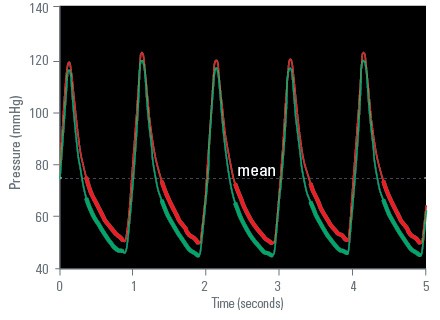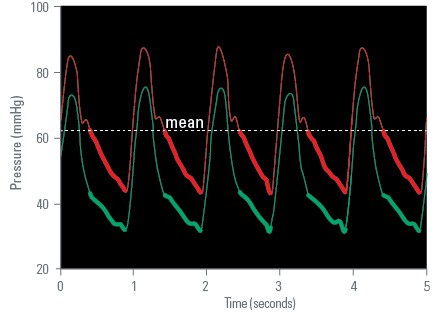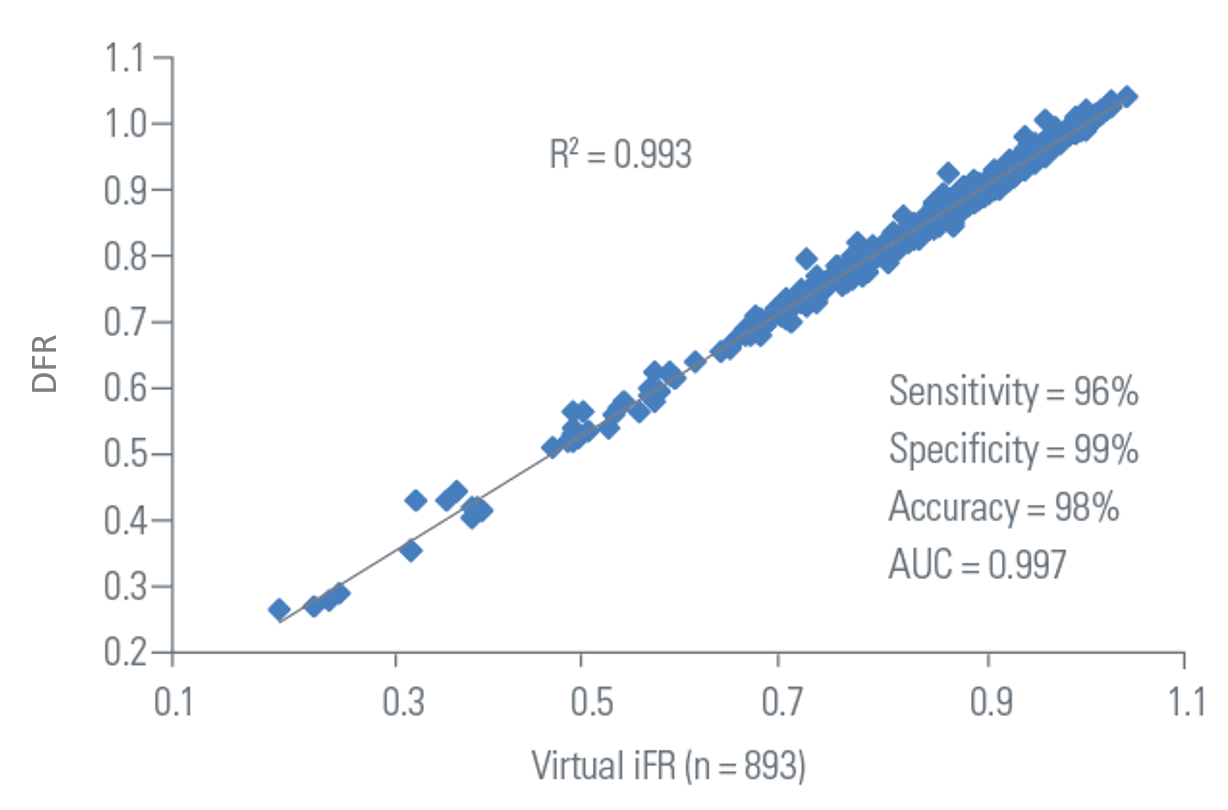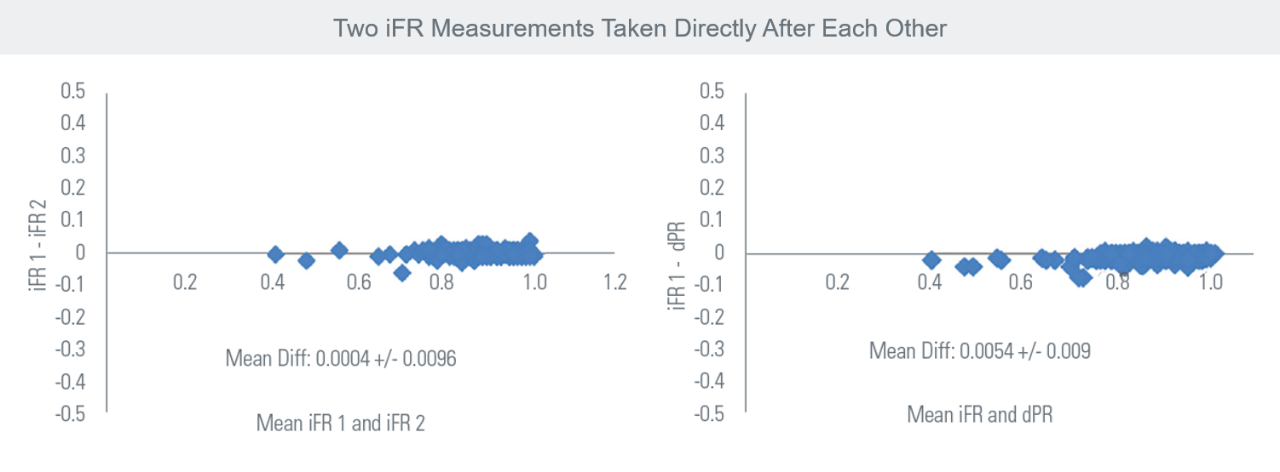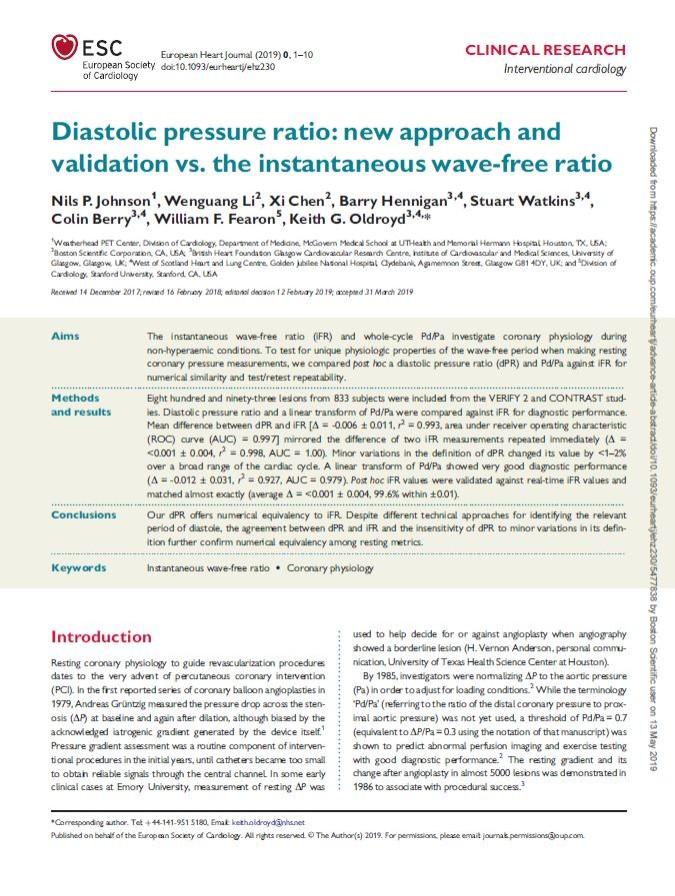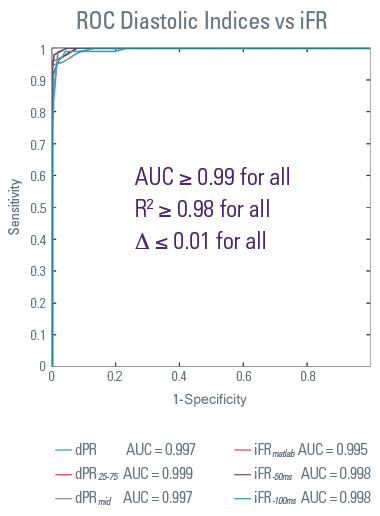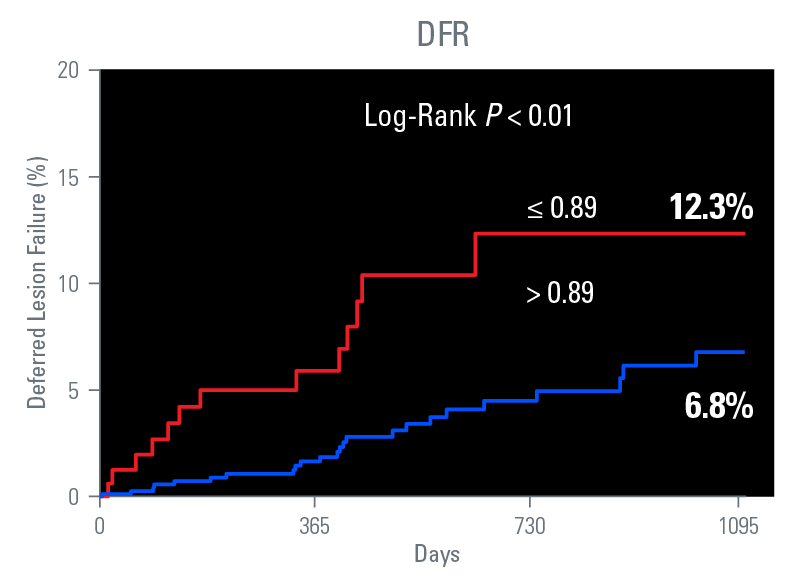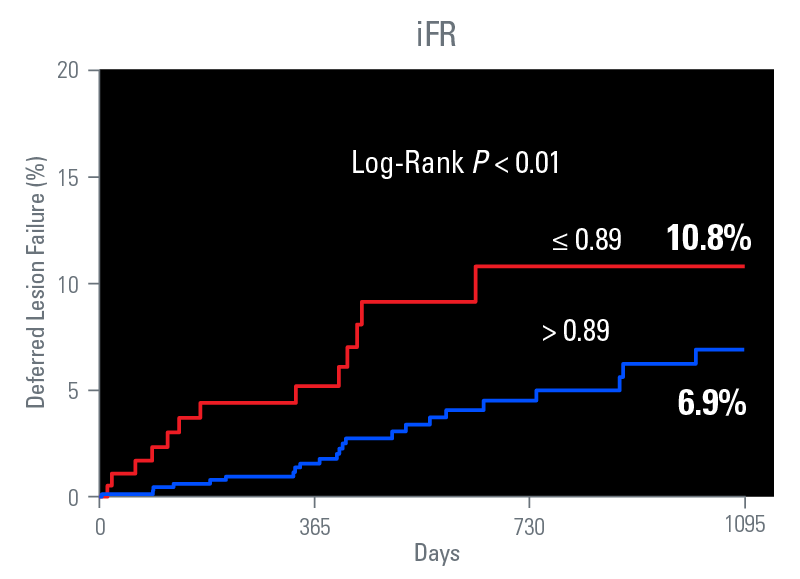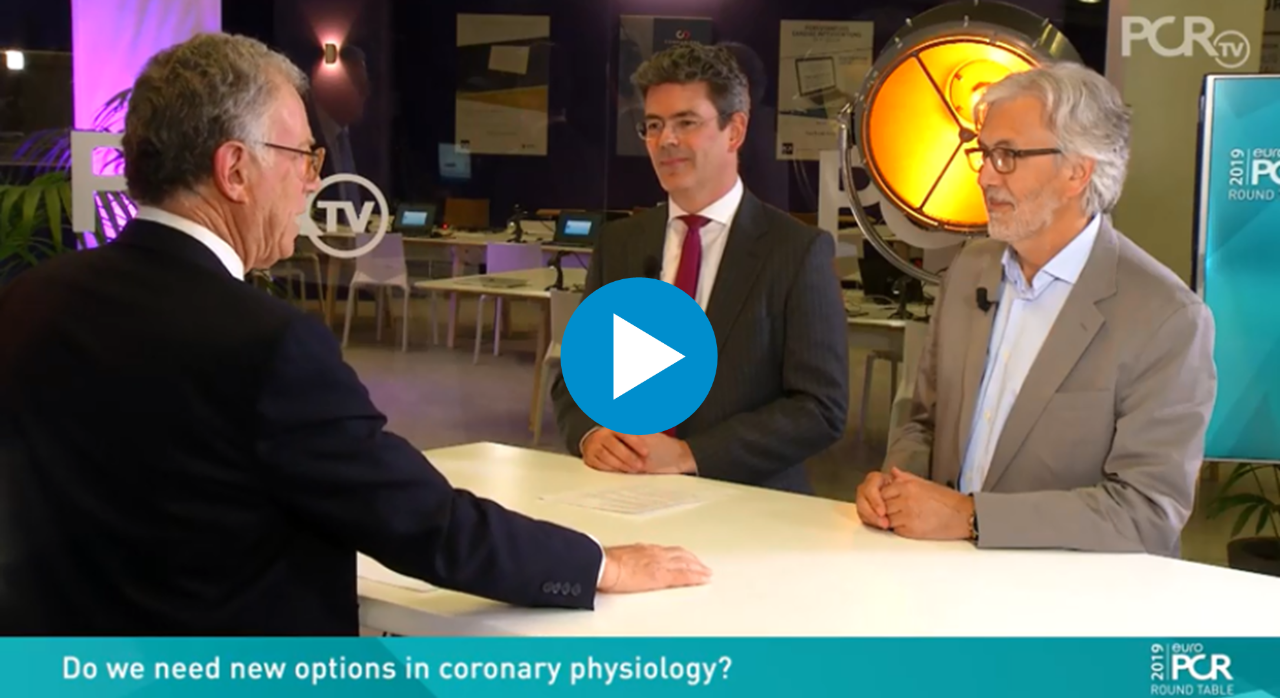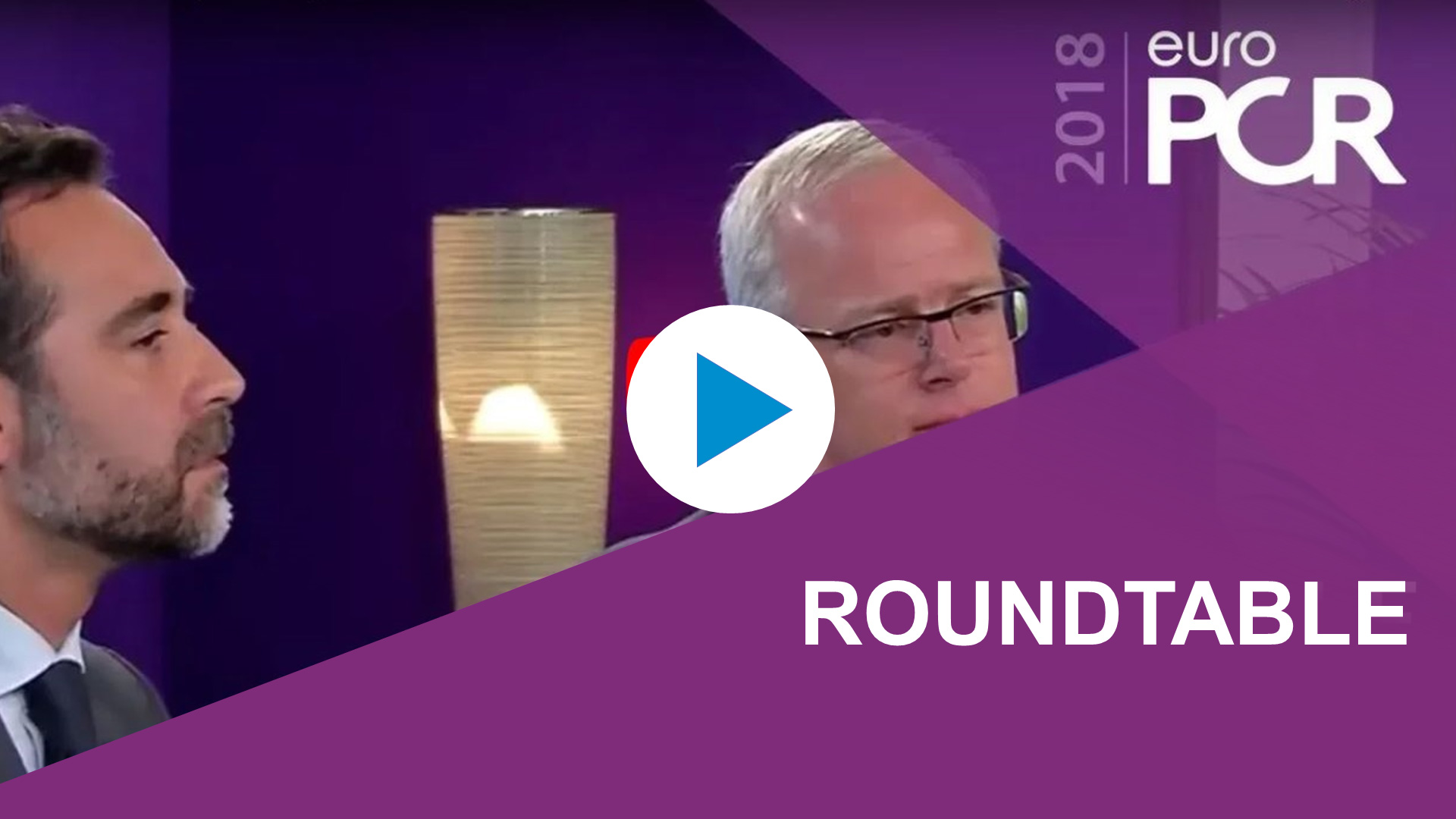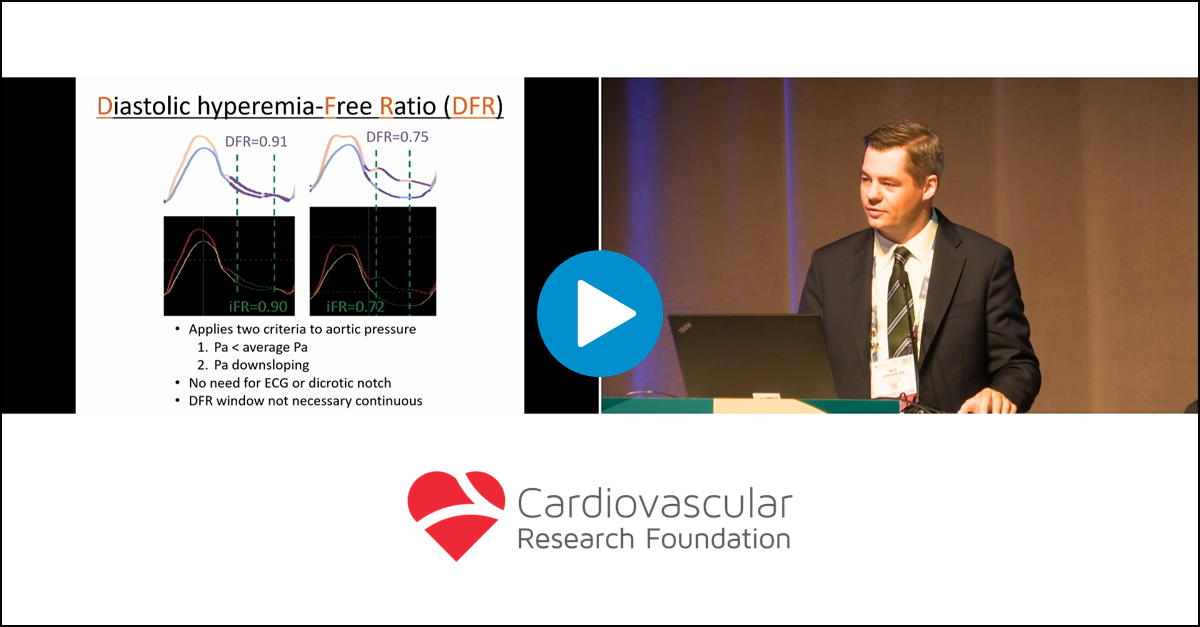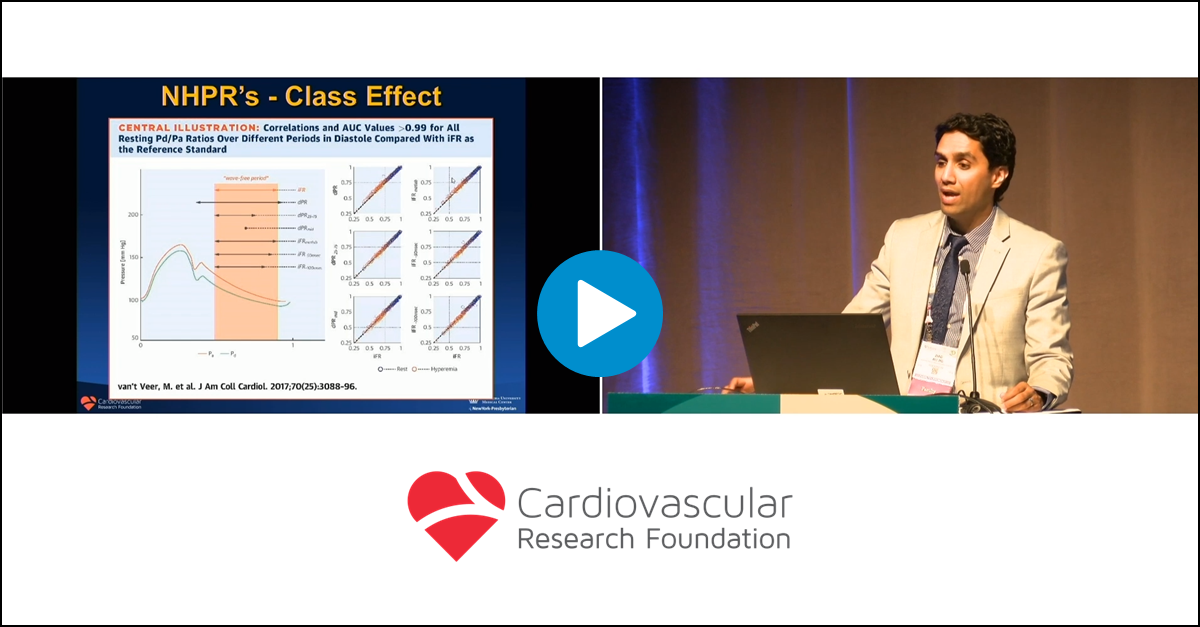POLARIS
Multi-Modality Guidance System
Key Resources
DFR is as Accurate to iFR as Two iFR Measurements are to Each Other1
Clinical Outcomes
IRIS-FFR Registry: DFR and iFR Have Equivalent Prognostic Performance in Over 900 Patients4
A total of 1,102 deferred lesions in 926 patients from the IRIS-FFR Registry were retrospectively evaluated by five non‑hyperemic pressure ratios (NHPR), including DFR, for prognostic performance.
Greater divergence of the curves demonstratesbetter prognostic ability- There was no statistically significant difference in prognostic performance among any of the NHPRs
Hear From The Experts
Which Physiological Index Do You Use?
Watch Morton Kern of UC Irvine, Javier Escaned of Clinico Hospital San Carlos, and Jonathan Hill of King’s College discuss the need for new options in coronary physiology and why pressure guidewire performance matters.
TCT: Class Effect Among Non-Hyperemic Pressure Ratios (NHPR)
Do all roads lead to Rome when it comes to non-hyperemic pressure ratios (NHPR)? Drs. Morton Kern from UC Irvine, Nils Johnson from UT Houston, and Ziad Ali from Columbia University, discuss data presented at TCT 2018 on new options in coronary physiology, such as DFR, and which tool to use when and why.
EuroPCR: Class Effect Among Non-Hyperemic Pressure Ratios (NHPR)
What physiologic assessment do you use? What choices do you have? Cutting-edge measurements are the topic as Drs. Ziad Ali, Luis Raposo, and Keith Oldroyd look at generic forms of resting indices with a 99% correlation to iFR, such as the Diastolic hyperemia-Free Ratio (DFR). Discover new options in coronary physiology presented during EuroPCR 2018. Is there a class effect among all resting indices? Can having more non-hyperemic pressure ratios increase coronary physiology adoption?
DFR Methodology and Analysis
Dr. Nils Johnson from











